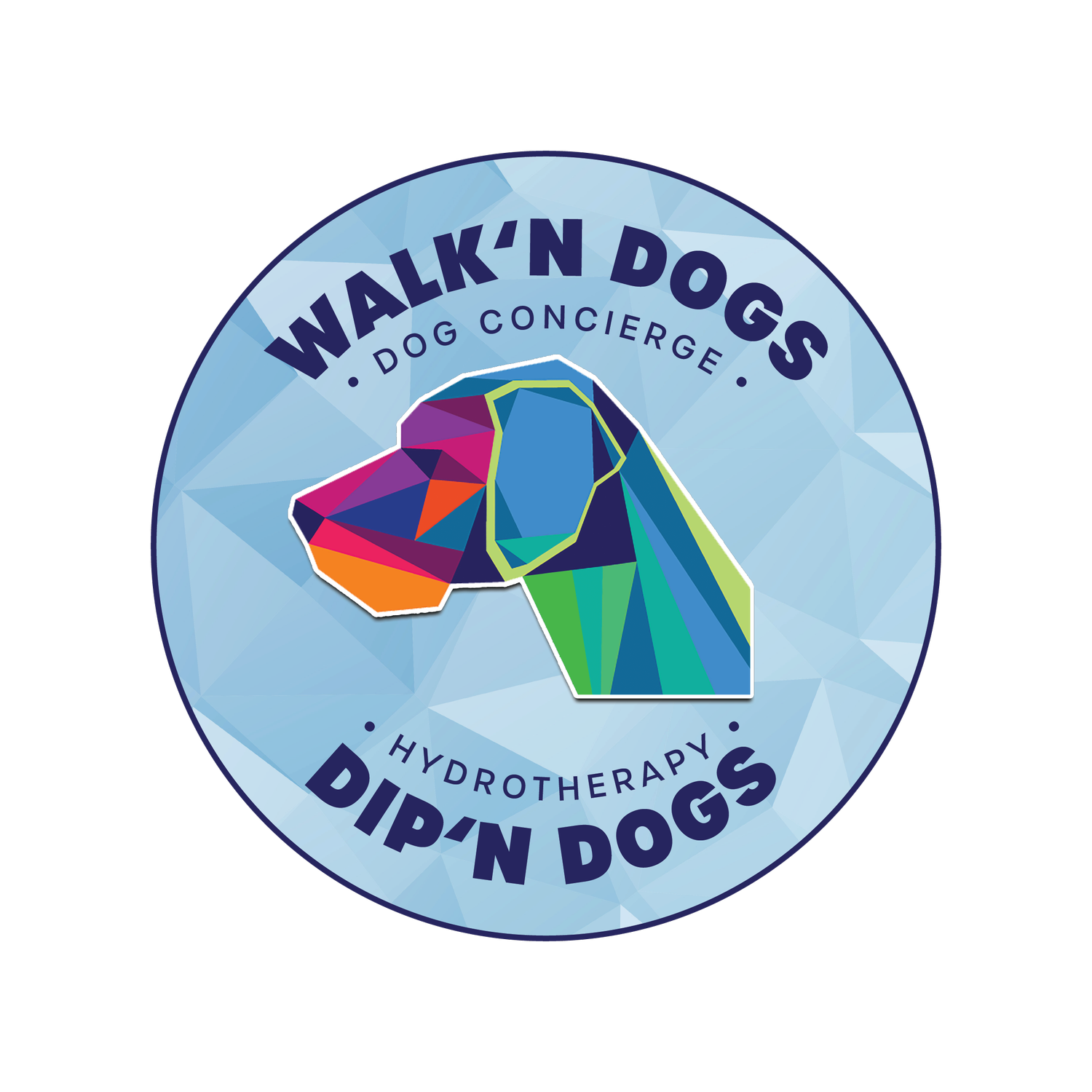SI Joint Dysfunction in Dogs
What is Sacroiliac Joint Dysfunction?
Sacroiliac Dysfunction is a term that we use to describe pain in or around the region of a sacroiliac joint (SIJ). Sometimes SI joint dysfunction can be the primary problem for a dog, and sometimes other injuries (cruciate ligament sprain or tear, back strain, Achilles tendon injury, etc.) can result in SI Joint dysfunction.
What is the SI Joint and it’s purpose?
The SI joints (or Sacroiliac Joints) are very important joints, but unfortunately are often overlooked as a source of your dog’s hind end pain and dysfunction. These joints are part of the pelvis and play an important part in connecting the spine and the hind limbs. When a dog is weight bearing through a hind limb there is weight on the hock (ankle), stifle (knee), hip AND sacroiliac joints. The bones on each side of the pelvis are fused together on each side, but are not fused from right to left. This means that each side of the pelvis moves independently. When a dog is walking or running and swinging its legs, the two sides of the pelvis ‘swivel’ on the sacrum. Each of the ilium bones rotates a small amount and the movement happens at the sacroiliac joints. All of this is important because when a dog is moving, the sacroiliac joints help to distribute force between the hind limbs and the spine.
Reasons for SIJD
If a dog has no other injuries, the most probable cause of SI joint dysfunction occurs when the dog is running and makes a sharp turn/change in direction – as mentioned above, the ilium bones ‘swivel’ around the sacrum when the dog is running, and sometimes a quick turn will cause the ilium to swivel and to stay in a rotated position – this can lead to pain and inflammation in the joint when the dog continues to walk and weight bear through the SI joint. This sounds like something that would look very obvious, but it only takes a few degrees of rotation ‘off’ of the normal position to cause a problem and often there are only subtle signs of dysfunction.
If a dog has an injury such as a hind limb cruciate sprain or tear in the stifle/knee and they are limping and not weight bearing equally through the hind limbs – this changes the way that the muscles work around the hip and pelvis. Some muscles overwork and others don’t work enough. This ‘imbalance’ in the hind limb and pelvis musculature can cause one side of the pelvis to rotate into an abnormal position. This can also happen when a dog has back pain – from a strain, or arthritis or surgery – remember that the iliopsoas muscle attaches to the spine, pelvis and femur. If there is pain in the spine, the iliopsoas muscle can react and tighten causing one side of the pelvis to rotate into an abnormal position.
Trauma can also be a cause of SI joint dysfunction – a fall onto one side of the pelvis or an accident.
Signs & Symptoms of SIJD
Not sitting ‘squarely’ – i.e. sitting with one leg out to the side
Decreased weight bearing on one hind limb – this can be subtle (i.e. always shifting the bodyweight to the other hind limb when standing)
Always choosing to lie on the same side
Always wanting to turn one direction, but not the other
Swinging hips more to one side when walking
Management & Treatment of SIJD
SI joint dysfunction is often overlooked and missed (especially when it is subtle) but good news is, it is very treatable. The assessment involves having a canine rehab therapist look at and feel both sides of the pelvis to determine if there is an asymmetry of the pelvis, and if so which side of the pelvis is the ‘abnormal’ side and which direction it is rotated abnormally. The canine rehab therapist would then do a thorough check of the spine and both hind limbs to screen for any other injuries, and to check each muscle, ligament and tendon attaching to the pelvis.
Once it is determined that there is an SI Joint dysfunction, the treatment would include:
Manual Therapy
Hydrotherapy
Laser or PEMF Therapy
Chiropractic Manipulation
Stretching Exercises
Anti-inflammatory supplements
Pain management supplements or medication (if needed)
If you suspect that your dog may have SI joint dysfunction, it is best to get an assessment sooner rather than later – if left untreated, the dog can develop secondary problems from moving asymmetrically/compensating such as shoulder tendonitis or back strain.
About Dip’ n Dogs Hydrotherapy – Orlando, FL
At Dip’n Dogs Hydrotherapy, we are certified and caring professionals devoted to restoring and enhancing the health and happiness of your beloved pup. Encompassing a pool, as well as a certified hydrotherapist, this can provide effective and long lasting results for your pet’s injury or illness.

